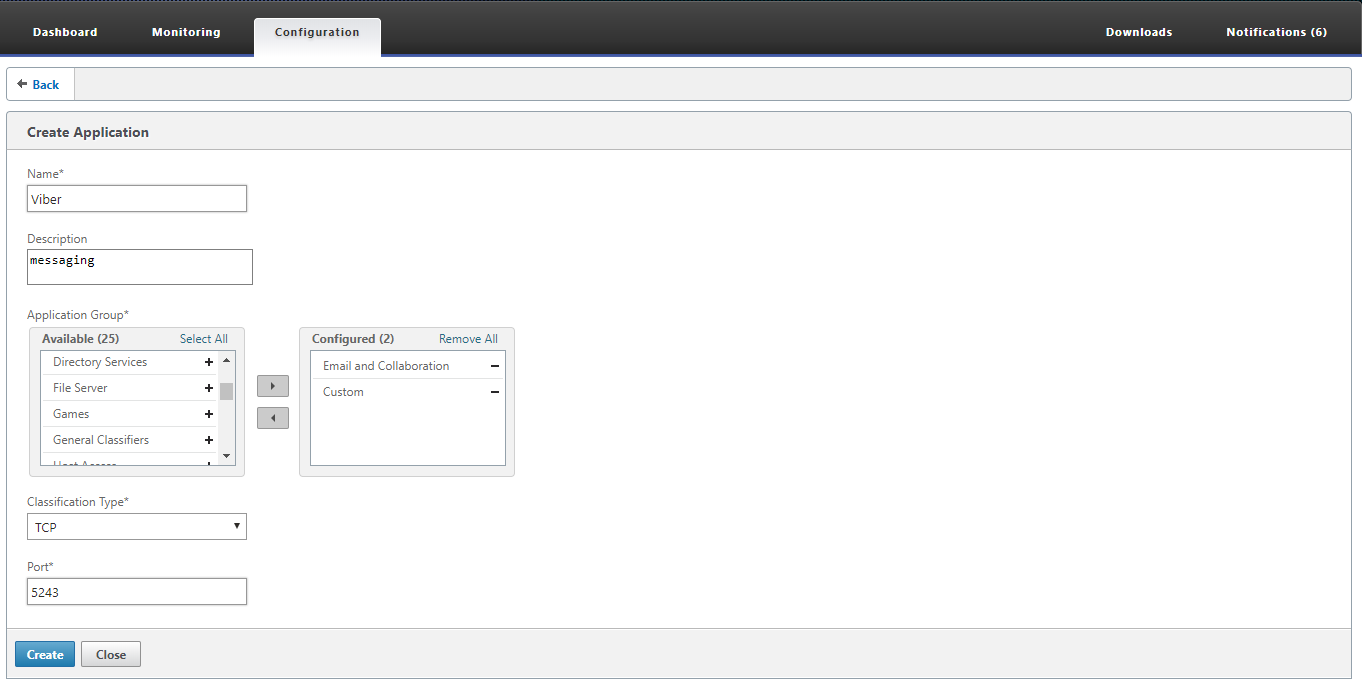This content has been machine translated dynamically.
Dieser Inhalt ist eine maschinelle Übersetzung, die dynamisch erstellt wurde. (Haftungsausschluss)
Cet article a été traduit automatiquement de manière dynamique. (Clause de non responsabilité)
Este artículo lo ha traducido una máquina de forma dinámica. (Aviso legal)
此内容已经过机器动态翻译。 放弃
このコンテンツは動的に機械翻訳されています。免責事項
이 콘텐츠는 동적으로 기계 번역되었습니다. 책임 부인
Este texto foi traduzido automaticamente. (Aviso legal)
Questo contenuto è stato tradotto dinamicamente con traduzione automatica.(Esclusione di responsabilità))
This article has been machine translated.
Dieser Artikel wurde maschinell übersetzt. (Haftungsausschluss)
Ce article a été traduit automatiquement. (Clause de non responsabilité)
Este artículo ha sido traducido automáticamente. (Aviso legal)
この記事は機械翻訳されています.免責事項
이 기사는 기계 번역되었습니다.책임 부인
Este artigo foi traduzido automaticamente.(Aviso legal)
这篇文章已经过机器翻译.放弃
Questo articolo è stato tradotto automaticamente.(Esclusione di responsabilità))
Translation failed!
Application classifier
The application classifier uses application definitions to categorize the traffic by protocol and application. This information is used to create reports, and by the service-class mechanism. Many applications are already defined, and you can define more as needed.
Protocol and port specifications in application definitions
The application classifier uses the official protocol and port specifications from the Internet Assigned Numbers Authority (IANA), http://www.iana.org. Sometimes applications other than the official ones use a port. The classifier generally cannot detect such use. If your network uses such applications, you can usually resolve this problem by renaming the application, in the application classifier, to indicate the actual application that uses this port on your network. For example, if you use port 3128 not for its standard use for a Squid web cache, but for a SOCKS proxy, you could rename the Squid (TCP) application to S OCKS (Port 3128) for clarity.
Applications must not have overlapping definitions. For example, if one application on your network uses TCP ports 3120 and 3128, and another application uses port 3120, only one Citrix SD-WAN WANOP application definition can include port 3120.
Configure application definitions
-
Dynamic TCP, for applications using dynamic port allocations
-
Ether type, for Ethernet packet types
-
ICA Published App, for Virtual Apps/Virtual Desktops applications
-
IP, for IP protocols such as ICMP or GRE
-
TCP, for TCP applications
-
UDP, for UDP applications
-
Web Address, for specific Web sites or domains.
To configure an application definition:
-
Navigate to the Configuration > Optimization Rules > Application Classifiers and click Add.

-
On the Create Application page, set the following parameters:
-
Name - Name of the application classifier. Must begin with an ASCII alphanumeric or underscore (_) character, and must contain only ASCII alphanumeric, underscore, hash (#), period (.), colon (:), at (@), equals (=), and hyphen (-) characters. Maximum length: 31 characters.
-
Description - Description of the application classifier.
-
Application Group - The application classifier belongs to this application group. Application groups are a set of predefined groups of applications that are categorized on the basis of their functionality.
-
Classification Type - The high-level classification you want to use for this application classifier. The high-level classification is mostly done on the basis of the port that an application uses.
-
Port – The port number to be used. You can enter a range, a list or a number between 0 and 65535.
-
-
Click Create.
The Application Classifiers page lists all the applications recognized by the SD-WAN WANOP classifier.
The Application Classifiers page lists all the applications recognized by the SD-WAN WANOP classifier.
Tip
Click Auto Discover to allows any Citrix published applications seen in the data stream to be added to the application list automatically. Once discovered, they will show up in reports and can be used for traffic-shaping policies.
Share
Share
This Preview product documentation is Cloud Software Group Confidential.
You agree to hold this documentation confidential pursuant to the terms of your Cloud Software Group Beta/Tech Preview Agreement.
The development, release and timing of any features or functionality described in the Preview documentation remains at our sole discretion and are subject to change without notice or consultation.
The documentation is for informational purposes only and is not a commitment, promise or legal obligation to deliver any material, code or functionality and should not be relied upon in making Cloud Software Group product purchase decisions.
If you do not agree, select I DO NOT AGREE to exit.